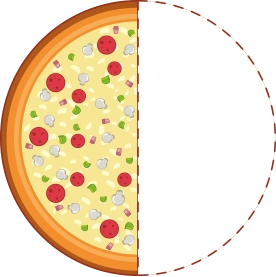Explore Upcoming Workshops Near You and Ignite Your Passion for Innovation . Reserve a Seat today!
Pre-Robotics
(Age 6-8 Years)
Robotics Course
(Age 8-10 Years)
Advanced Robotics Course
(Age 11+ Years)
(Age 6-8 Years)
(Age 8-10 Years)
(Age 11+ Years)



What is a fraction?
What is the fraction representation of 1/2?
If John ate 3/4 of a pizza, how much pizza did he eat?
What is the fraction representation of a whole?
What is the fraction representation of half of a whole?
If you have 6 pieces of candy and you want to share them equally with 2 friends, what fraction of the candy will each friend get?
What is the sum of 1/4 + 1/4?
If you have 12 crayons and you want to share them equally with 4 friends, how many crayons will each friend get?
What is the fraction representation of 3 out of 4 parts?
If you cut a cake into 8 equal parts, what fraction represents one part?